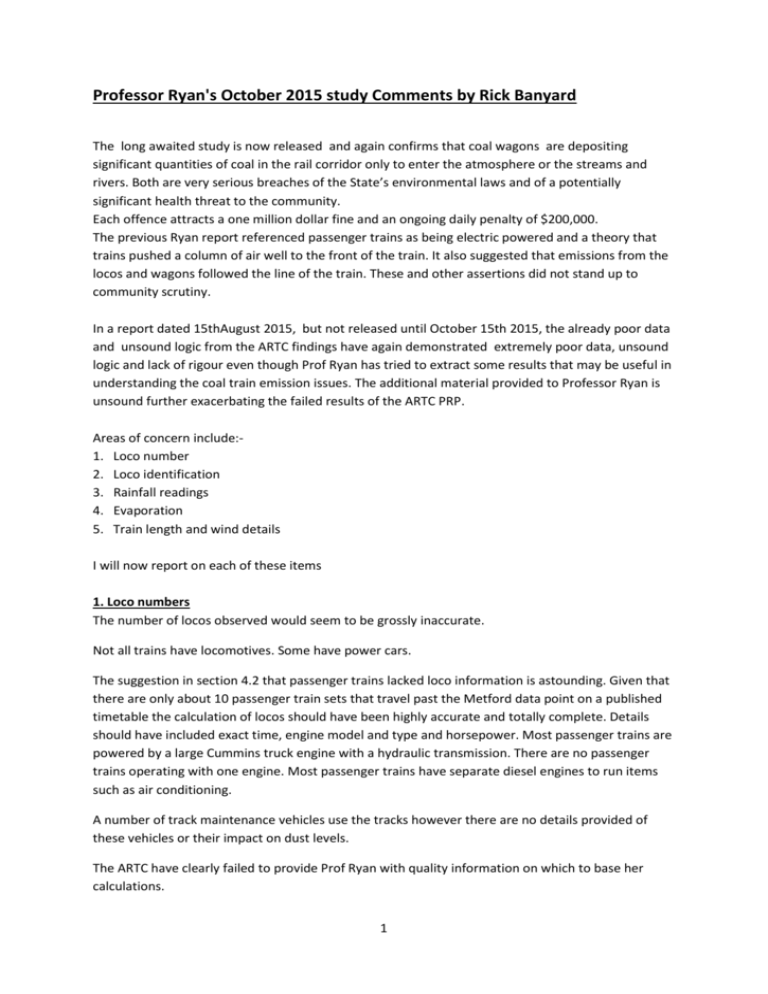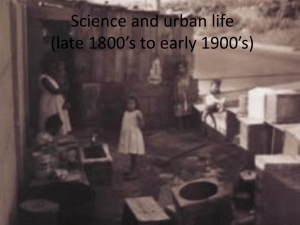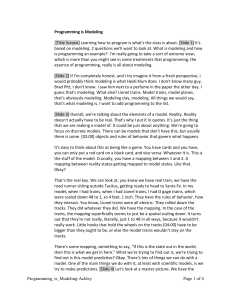rainfall km
advertisement

Professor Ryan's October 2015 study Comments by Rick Banyard The long awaited study is now released and again confirms that coal wagons are depositing significant quantities of coal in the rail corridor only to enter the atmosphere or the streams and rivers. Both are very serious breaches of the State’s environmental laws and of a potentially significant health threat to the community. Each offence attracts a one million dollar fine and an ongoing daily penalty of $200,000. The previous Ryan report referenced passenger trains as being electric powered and a theory that trains pushed a column of air well to the front of the train. It also suggested that emissions from the locos and wagons followed the line of the train. These and other assertions did not stand up to community scrutiny. In a report dated 15thAugust 2015, but not released until October 15th 2015, the already poor data and unsound logic from the ARTC findings have again demonstrated extremely poor data, unsound logic and lack of rigour even though Prof Ryan has tried to extract some results that may be useful in understanding the coal train emission issues. The additional material provided to Professor Ryan is unsound further exacerbating the failed results of the ARTC PRP. Areas of concern include:1. Loco number 2. Loco identification 3. Rainfall readings 4. Evaporation 5. Train length and wind details I will now report on each of these items 1. Loco numbers The number of locos observed would seem to be grossly inaccurate. Not all trains have locomotives. Some have power cars. The suggestion in section 4.2 that passenger trains lacked loco information is astounding. Given that there are only about 10 passenger train sets that travel past the Metford data point on a published timetable the calculation of locos should have been highly accurate and totally complete. Details should have included exact time, engine model and type and horsepower. Most passenger trains are powered by a large Cummins truck engine with a hydraulic transmission. There are no passenger trains operating with one engine. Most passenger trains have separate diesel engines to run items such as air conditioning. A number of track maintenance vehicles use the tracks however there are no details provided of these vehicles or their impact on dust levels. The ARTC have clearly failed to provide Prof Ryan with quality information on which to base her calculations. 1 2. The loco identification The data provided in the report fails to accurately identify the trains that passed the monitoring point at Metford. The data does not indicate the loco identification numbers or class of loco The data does not show the loco emissions when passing the data logger The data does not show the loco speed or power used by the loco when passing the data logger. Clearly a loco coasting past whilst decelerating would have very different characteristics to a loco under full power accelerating at moderate to high speed. The data recorded does not list the empty trains or the state of the loading on the non empty trains. This was despite the shortcomings of the data in the ARTC Katestone study report and the original evaluation by Professor Ryan in 2014. It is noted that for only 78% of the trains could the number of locos be determined. Of that 78% there are very clearly some major errors recorded in table 1. These include: Empty coal trains not being equal in numbers to loaded trains. There is a 279 train discrepancy. There are zero covered trains recorded. (This was surely critical given that the coal dust loss from trains was a key factor in the original monitoring.) The number of locos going west per train is unequal to the number going east. Surely what goes up the valley must come down the valley. The loco numbers indicate that there are more locos used for empty coal trains than there are for loaded coal trains. How can this be? There are no passenger trains in operation at Metford with only one loco (power car). The minimum number is two and majority are also two. To suggest that 1216 passenger trains are missing locos is simple very poor data recording. To have 111 trains that are unknown is also a very serious error in the data. Total coal trains 3855 (from table 1) Divided by 55 days ("adequate data days") gives 70 train movements per day. This would seem to be about 40 movements per day short of the train numbers required to shift the ports export tonnage (without allowing for power station coal and Port Kembla export coal). One can only conclude from the train data shown in table 1 that the information is seriously inaccurate and therefore not capable of reliable analysis by Professor Ryan or others. 3. Rainfall The data analysis by Professor Ryan attempts to compare trains to rainfall. There is no source of collection of the rain data. The report just shows Maitland and Cessnock. Maitland visitors centre is the nearest official observation point and is located approximately 5kms west of the Metford data collection point. There are a number of large Schools located close to the logging site including Metford High School and Grossman High School that may have more appropriate rainfall data. An automatic rainfall logger should have been included in the site recording instruments. 2 From the following table it can be seen that the rainfall data is very variable in quantity with almost 200 mm of variability. Location Station Number Annual rainfall 061388 Distance from logger 5km west 826.5mm Evaporation rate Guestimate 1750mm Maitland visitors Centre Maitland bowling club Campbells Hill Tocal 061034 6 km west 894.1mm 1750mm 061008 061250 8.2 km west 14.5 km North west 24.2 km South West 22 km South West 843.7mm 937.2mm 1800mm 1700mm Cessnock Airport 061260 714mm 1900mm Cessnock Nulkaba 061242 764mm 1900mm From extensive rainfall observation it should be noted that typical precipitation is in the form of narrow banded rain squalls. As little as 50m can divide a heavy downpour from zero rain. Heavy hail can also fall in the Metford area. It is not normal for rain from Cessnock to move in a North Easterly direction thus rain that falls at Metford is unlikely to be related to Cessnock rain. There was no evidence provided of the “exploratory analysis”. The claim that there is a correlation between rainfall in Maitland and the data collected is unrealistic. The radar map of rainfall activity in the afternoon of 22nd of October is typical of passing rainfall activity. This map shows rainfall in the locality ranging from zero (no shading) to high intensity (red). It should also be noted that the length of time that a train is being rained on is extremely variable as rain is movable and the train can be travelling from zero speed to 130kph depending on the train, its load and the signals. 3 4 There is no information to link the time of the visual plots at Metford and the time of the rain in Maitland or Cessnock. There is no indication that all west bound trains were excluded from the visual plots. 4. Evaporation The report appears to totally ignore the impact of evaporation. The location of the rainfall observation points are all in locations where evaporation greatly exceeds the rainfall recorded. The BOM data suggests that the evaporation is about 1700mm annually and the rainfall is about 850mm annually. Evaporation rates in the warmer months is far greater than in the cooler months. In November in the Metford area it is unlikely that the surface would be damp for more than a few minutes in exposed areas with low water holding capacity such as a rail corridor. Wind and train speed also influences evaporation rates 5. Train Length And Details. The train lengths, aerodynamics and operational procedures do not seem to have been taken into account in this and previous reports. There is no detail or evaluation of overloaded wagons. There is no detail or evaluation of wagons having paracitic coal. There is no detail or evaluation of wagons having carryback coal. There is no detail of the variation of wagon design or of the consist. There is no detail or evaluation of wagons having mechanical defects that contribute to coal loss. 6. Other Points Given that one outcome of this report is the conclusion that coal dust is recirculated from the corridor it is surprising that there is no estimate of the corridor contamination levels. It is noted that at the monitoring point there are four tracks. Two for coal and two for passenger trains. The up track and the down track for coal are very different is residue levels. Track maintenance is not carried out on all tracks simultaneously. The report does not indicate the worst or best track or if the passenger tracks are more or less contaminated than the coal tracks. Conclusion 5 I would suggest that Professor Ryan in this report and her previous report had a totally impossible task in trying to interpret flawed and incomplete data. Further I would suggest that the ARTC has failed to complete the PRP imposed on them by the EPA. Further I suggest that the results and reports associated with the PRP should be deleted from the records AND that the EPA should redo the work in a professional manner at a cost charged to the ARTC. FURTHER the ARDC should be prosecuted for failing to carry out the PRP as required. I am happy to further clarify or explain the points raised in my analysis of the 2015 Ryan report. Rick Banyard 16th November 2015 6








